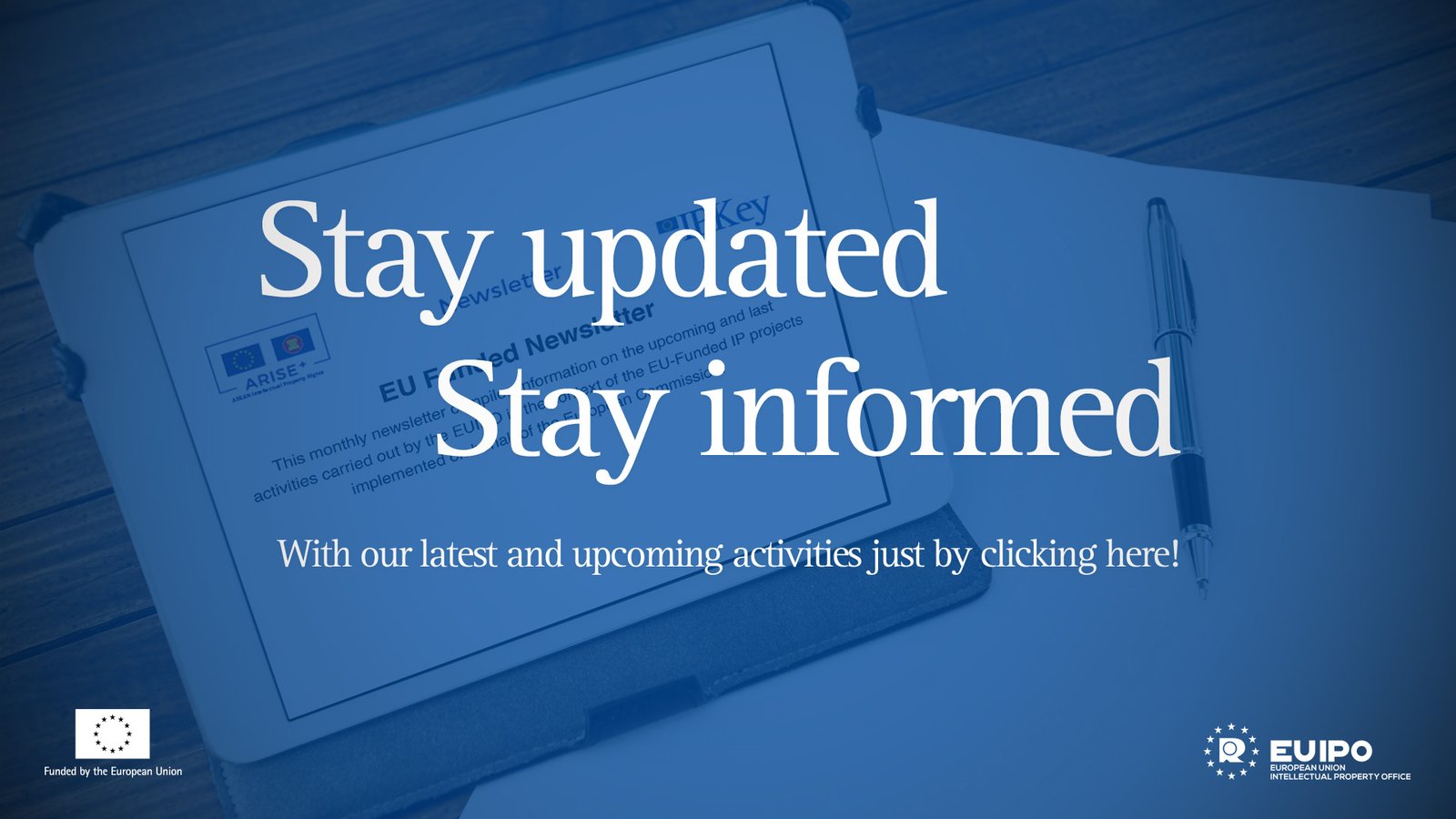Understanding FTA Management
technologies ftasiamanagement Foreign Trade Agreements (FTAs) are treaties between two or more countries that establish the terms of trade, permitting specific goods and services to be exchanged at reduced tariffs or without them altogether. These agreements are crucial for promoting trade by enhancing market access and reducing the costs associated with tariffs. In today’s global economy, effectively managing FTA provisions can significantly influence a company’s competitiveness and profitability.
One of the primary advantages of engaging in FTAs is the ability to reduce or eliminate tariffs on exported and imported goods. This reduction not only lowers the overall cost of goods but also facilitates smoother market entry into various regions. The implications of this are substantial, as businesses are able to offer more competitive pricing, thereby increasing their market share and fostering economic relationships between trading partners.
However, navigating the complexities of FTA management can present significant challenges for organizations. Compliance with the regulations and requirements associated with FTAs is paramount, requiring businesses to be vigilant in maintaining the correct documentation and adherence to rules of origin. Furthermore, strategic alignment is necessary to ensure that the benefits of these technologies for FTA management are fully realized. Companies must adeptly integrate their trade strategies with evolving market dynamics and regulatory changes that may impact FTA benefits.
Companies often struggle with the effective implementation and management of the provisions stipulated in FTAs. This can involve a plethora of documentation and the need for thorough understanding of various regulations across different jurisdictions. The use of advanced technologies particularly aids in addressing these challenges by automating compliance processes and ensuring accurate documentation, which ultimately streamlines operations across borders.
Key Technologies Transforming FTA Management
The landscape of Free Trade Agreement (FTA) management is undergoing a significant transformation due to the integration of advanced technologies. The adoption of these innovative solutions not only enhances efficiency but also ensures compliance with regulatory requirements. Three prominent technologies that are particularly making an impact in this arena are blockchain, artificial intelligence (AI), and cloud-based platforms.
Blockchain technology plays a pivotal role in ensuring secure and transparent transactions. By providing a decentralized ledger, blockchain eliminates the need for intermediaries, reducing the chances of fraud. In the context of FTA management, this technology allows for the seamless verification of origin information, ensuring that goods meet the necessary qualifications for preferential treatment under trade agreements. With its immutable nature, blockchain fosters trust among stakeholders, thereby streamlining processes and enhancing overall compliance.
Artificial intelligence is another transformative force in FTA management. AI-driven analytics tools can process vast amounts of data more quickly and accurately than traditional methods. These tools are invaluable for conducting compliance checks, identifying potential risks, and generating insights that inform strategic decisions. For instance, AI algorithms can analyze patterns in import and export data to proactively flag anomalies, allowing businesses to rectify compliance issues before they escalate.
Moreover, cloud-based platforms have revolutionized real-time collaboration among various stakeholders involved in FTA management. By centralizing information and providing accessible interfaces, these platforms facilitate communication and coordination between customs authorities, logistics providers, and trade compliance teams. This enhanced collaboration improves responsiveness to changes in regulations and enables quicker adaptation to evolving market dynamics.
In conclusion, the integration of blockchain, artificial intelligence, and cloud-based platforms into FTA management processes is not only streamlining operations but also enhancing accuracy and compliance. These technologies collectively empower businesses to make informed decisions, thereby optimizing their trade processes in an increasingly complex global trade environment.

Implementing Technologies for FTA Management Success
To effectively harness technologies for FTA management, organizations must first undertake a comprehensive assessment of their unique needs. This initial step involves evaluating current processes, identifying challenges, and understanding specific goals related to Free Trade Agreement (FTA) compliance. By establishing a clear picture of existing capabilities and weaknesses, businesses can better determine what type of technological solutions will be most beneficial. Engaging stakeholders from various departments during this assessment phase can also provide invaluable insights into operational requirements and potential obstacles.
Once organizational needs have been identified, the next step is to select appropriate technologies. There are myriad tools available in the market, each tailored to different aspects of FTA management. Companies can explore options such as automated compliance software, integrated supply chain management systems, and data analytics platforms. The key is to choose technologies that not only address current challenges but also offer scalability for future requirements. A careful review of vendor offerings, alongside feedback from current users, will greatly support this selection process.
Planning the integration of selected technologies into existing workflows is the subsequent critical step. This involves developing a clear roadmap that outlines timelines, resource allocation, and important milestones for successful implementation. Adopting a phased approach can mitigate risks and allow for gradual adaptation to new systems. Rigorous testing of systems during implementation ensures that potential issues are resolved before full-scale deployment.
Moreover, training staff is essential to the successful utilization of these technologies. Employees must be equipped with the necessary skills and knowledge to navigate new tools confidently. Ongoing training programs can further reinforce competence and adaptability as trade regulations continue to evolve. Finally, ensuring data security is paramount, as sensitive information must be adequately protected to maintain compliance and mitigate risks associated with breaches.
By focusing on these strategic elements, organizations can effectively implement technologies for successful FTA management, thereby enhancing compliance, efficiency, and preparedness for future trade challenges.
Future Trends in FTA Management Technologies
The landscape of Free Trade Agreement (FTA) management is continually evolving, driven by rapid technological advancements. As businesses navigate the complexities of international trade, several key innovations are poised to reshape how FTA management is conducted. Enhanced data analytics capabilities are at the forefront of this transformation, empowering organizations to analyze vast amounts of data for actionable insights. By leveraging these advanced analytical tools, companies can better understand trade dynamics, identify compliance risks, and optimize their strategies accordingly.
technologies ftasiamanagement Another significant trend is the incorporation of machine learning algorithms for predictive compliance. These technologies facilitate the automation of regulatory monitoring and enable organizations to predict potential compliance issues before they arise. By employing machine learning models that analyze historical data and current market conditions, businesses can develop proactive strategies that minimize the risk of non-compliance, thereby preserving their reputation and operational efficiency.
The rise of digital trade agreements is also becoming increasingly notable. As more countries embrace digital trade principles, the facilitation of cross-border transactions through electronic means is expected to gain traction. This shift will necessitate the adoption of sophisticated technologies that manage these digital frameworks, ensuring compliance with various trade norms and standards. Companies that adapt to these digital trade paradigms will likely enjoy improved access to international markets, as well as streamlined operations.
To remain competitive, organizations must stay informed about these emerging trends and proactively leverage new technologies in FTA management. By investing in cutting-edge solutions and fostering a culture of innovation, companies can enhance their operational effectiveness and drive growth in the global marketplace. The proactive adoption of technologies in FTA management will undoubtedly differentiate market leaders from their peers, solidifying their positions in an increasingly competitive environment.





Leave a Reply